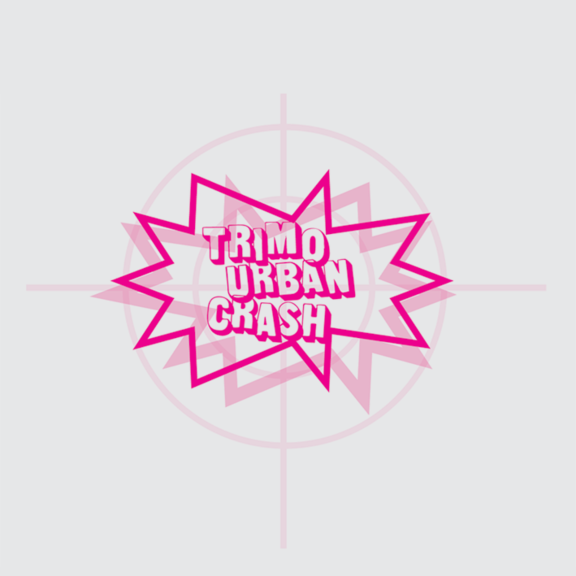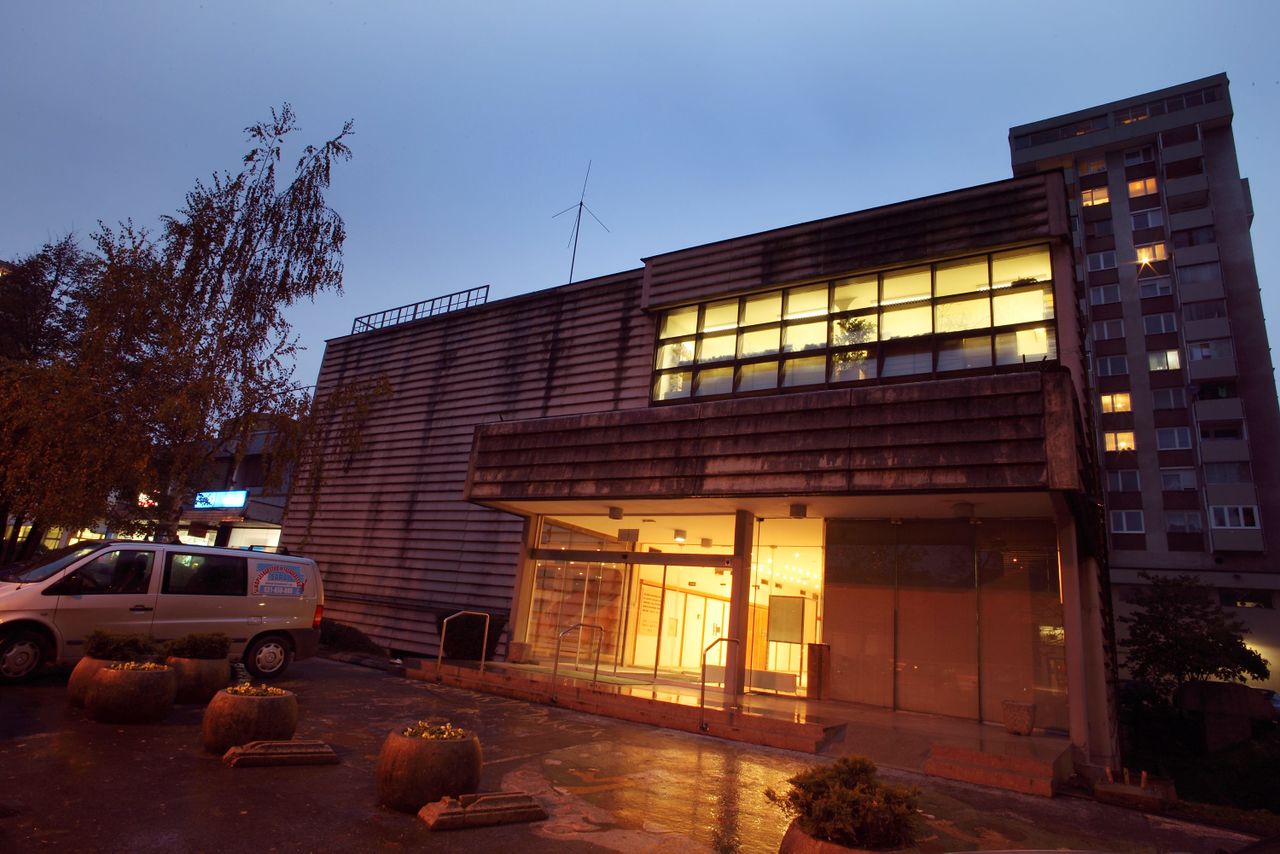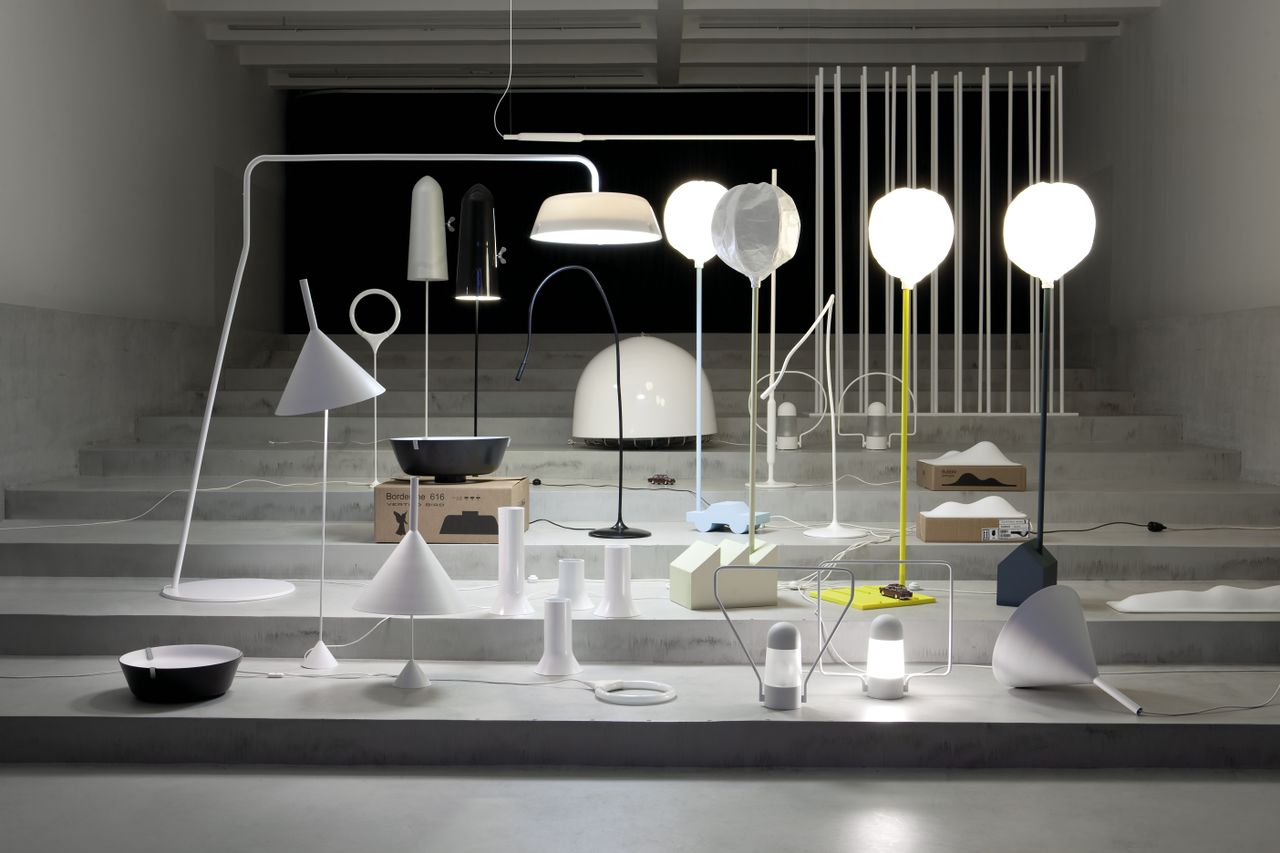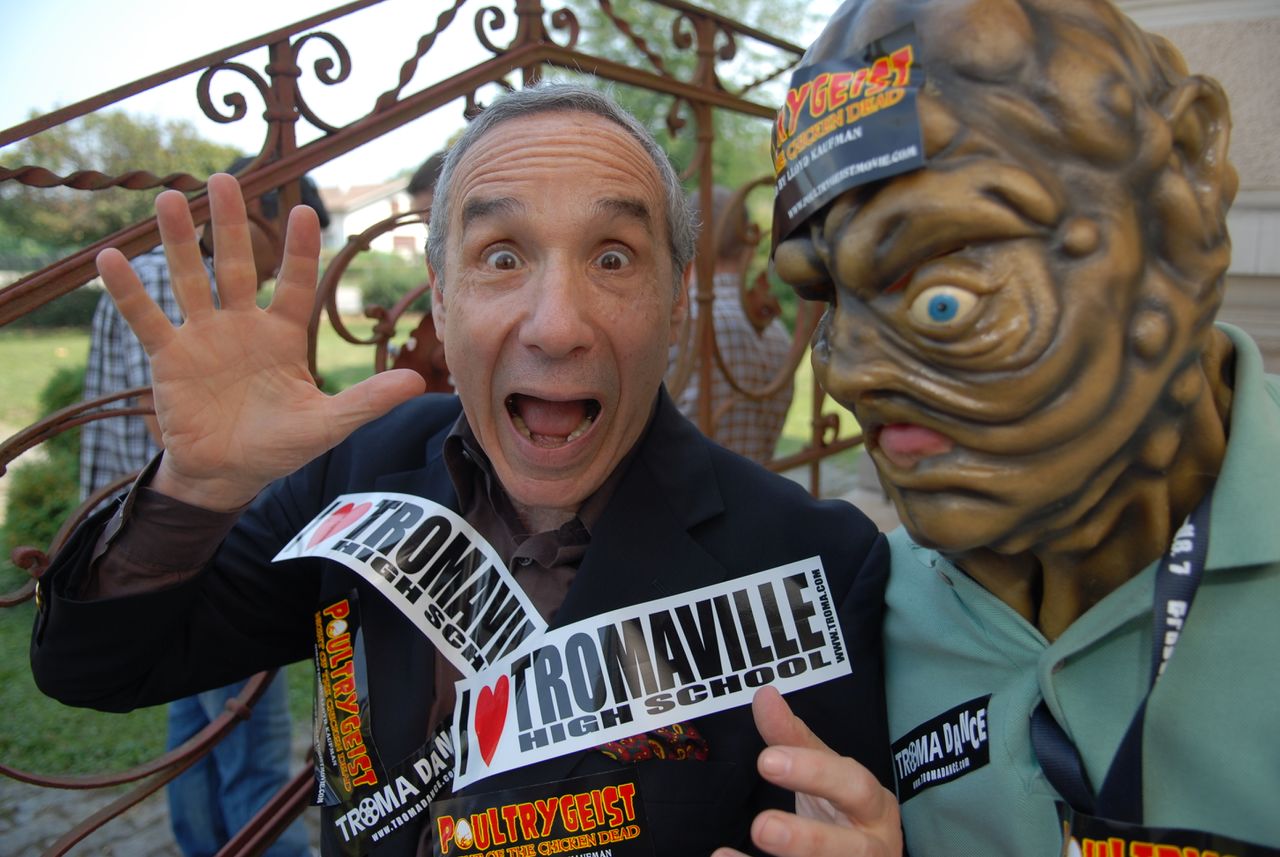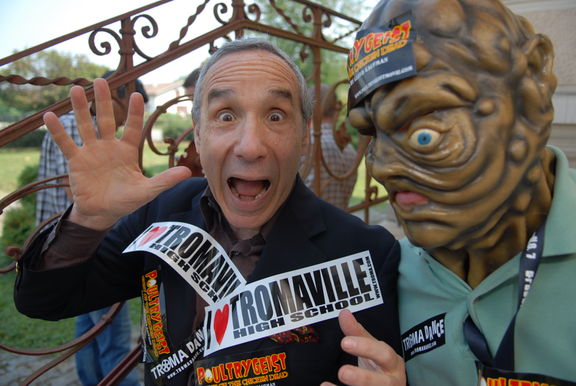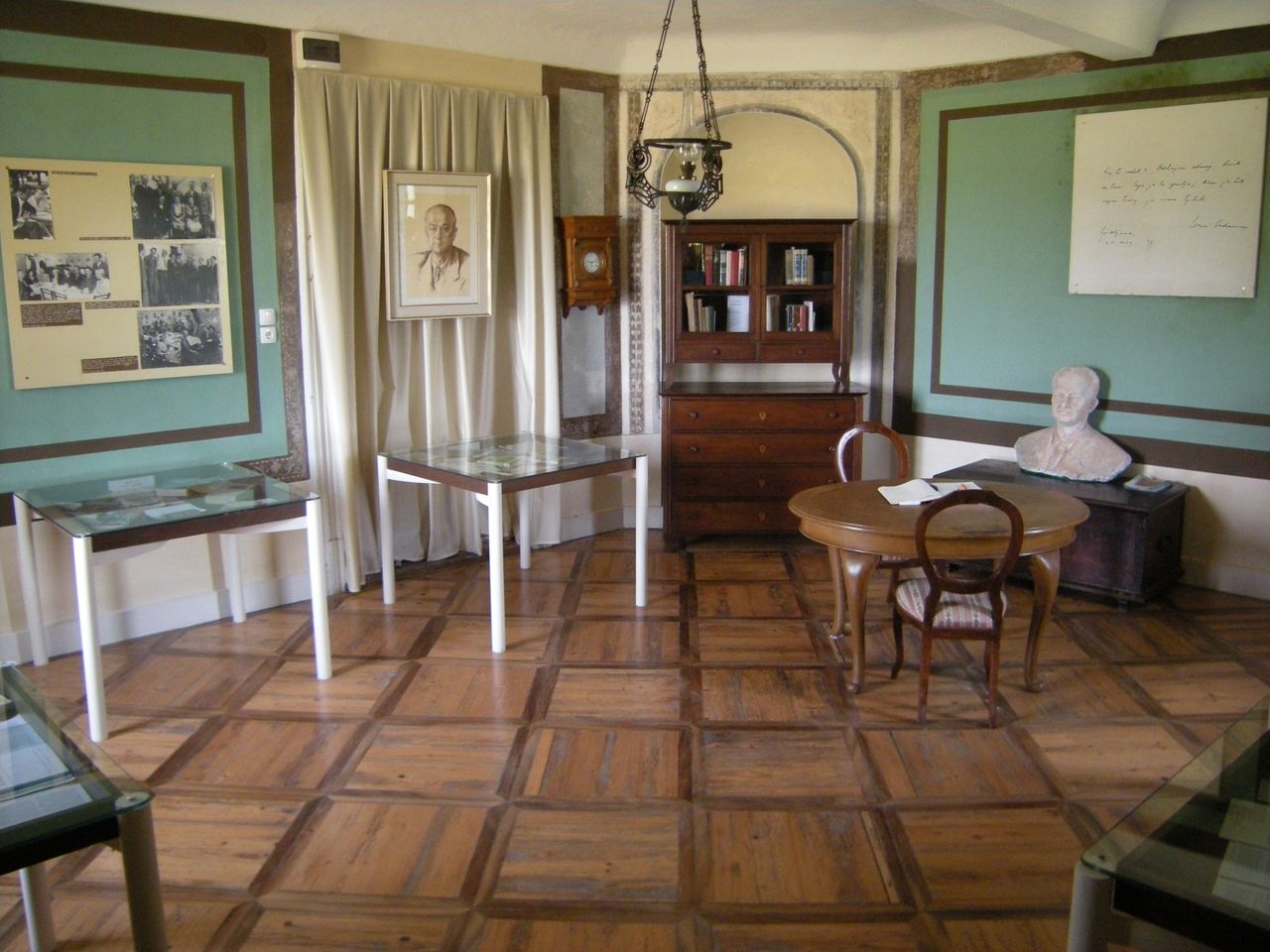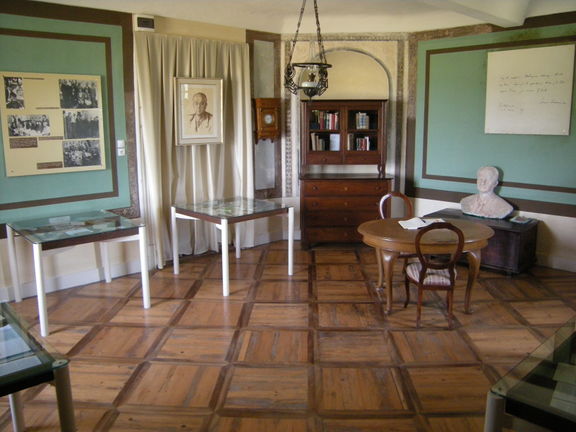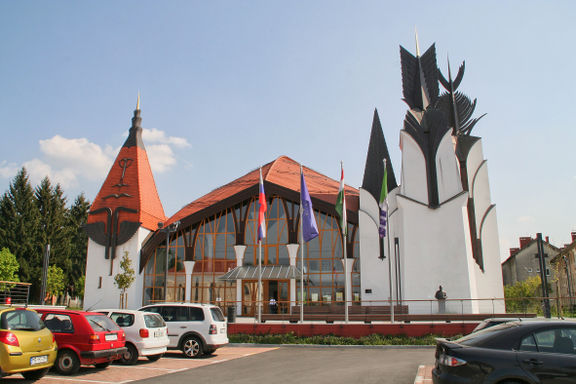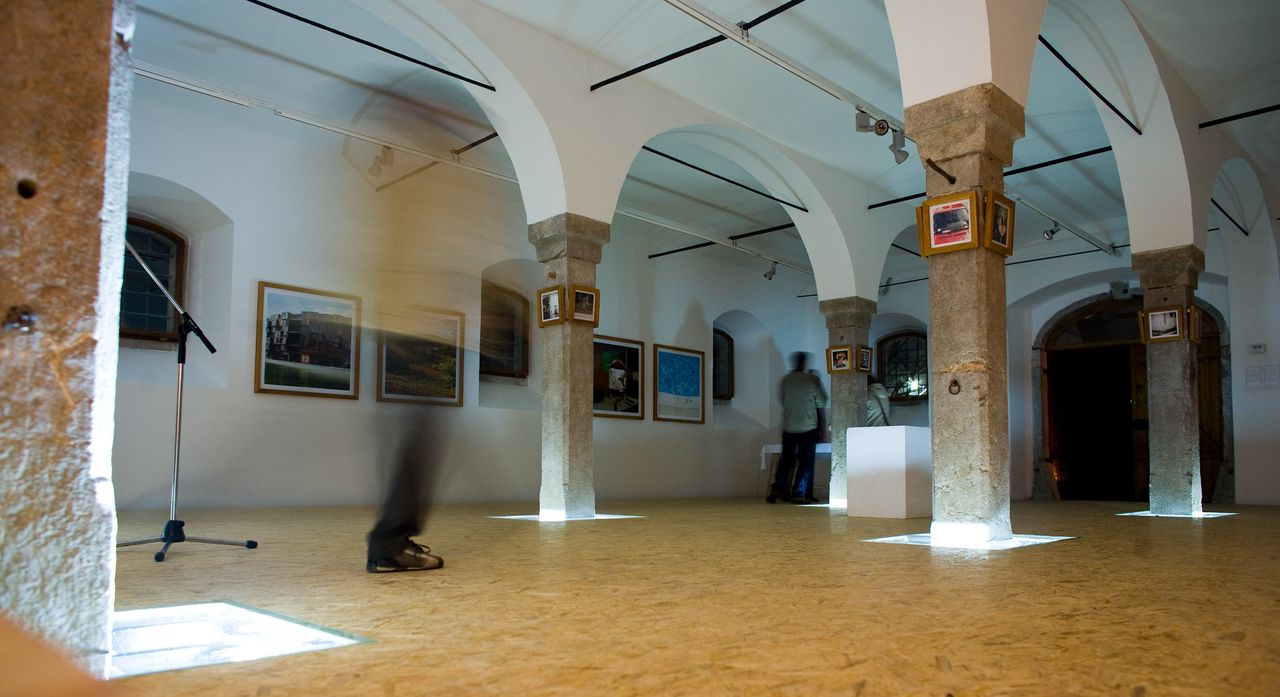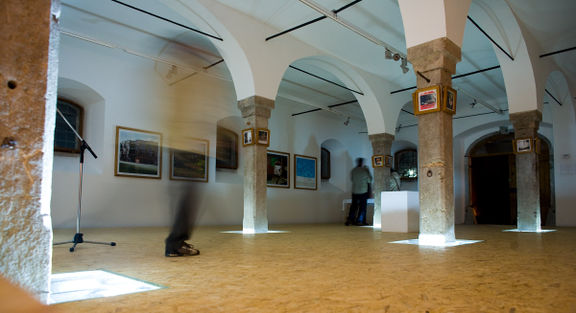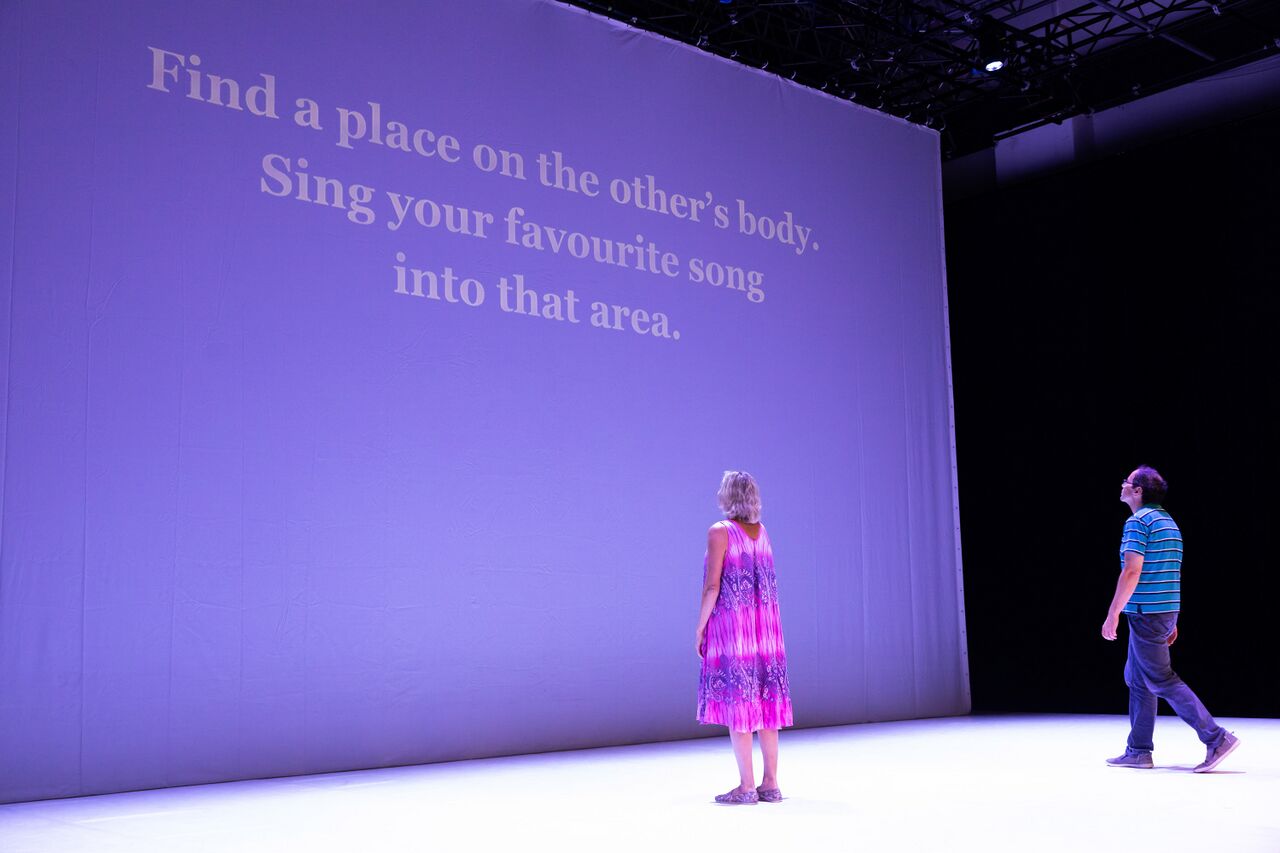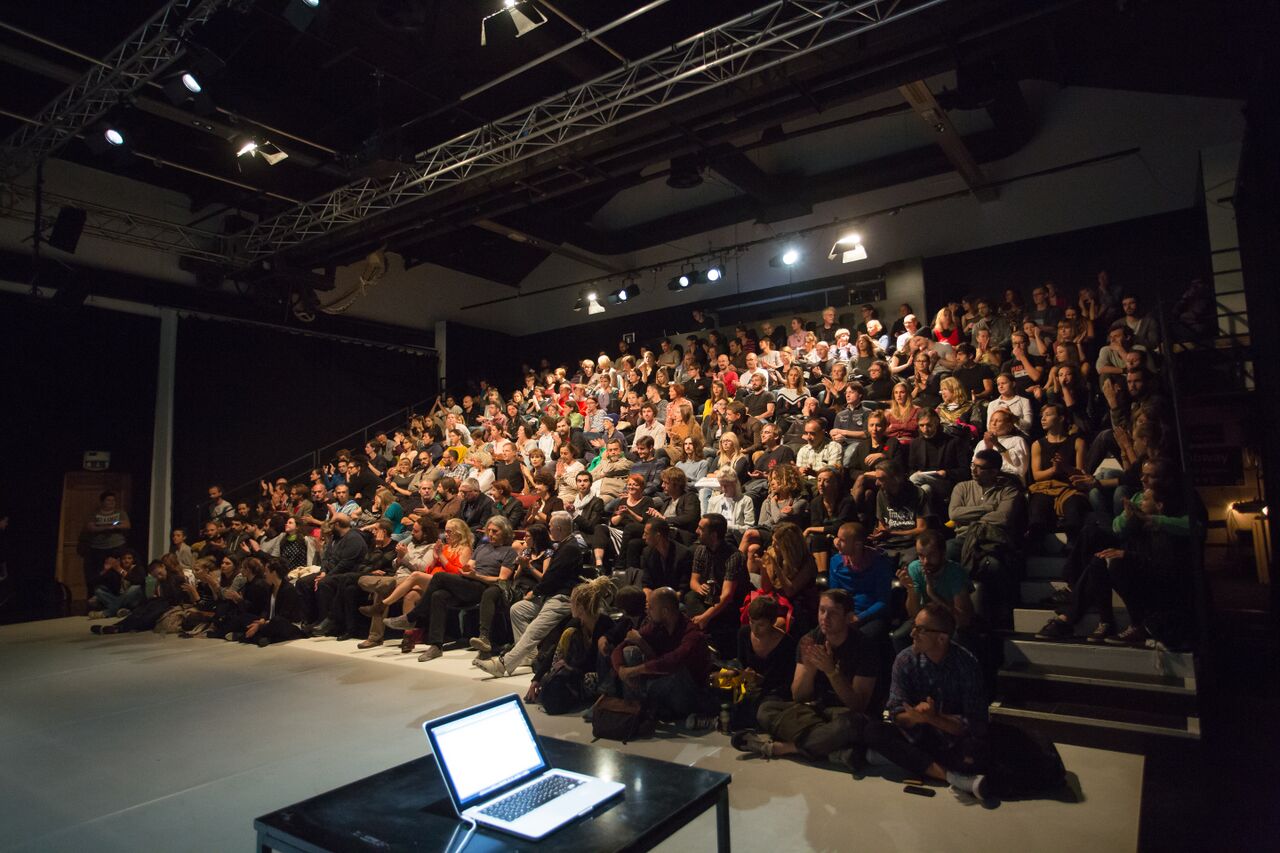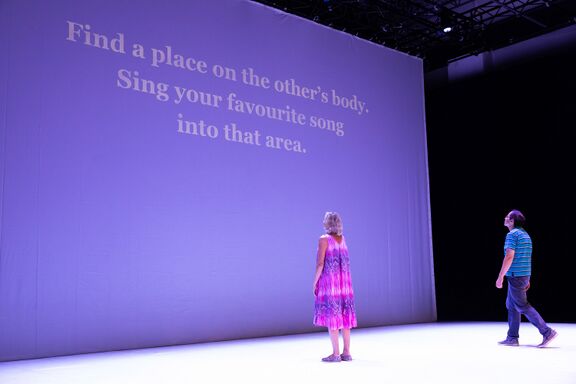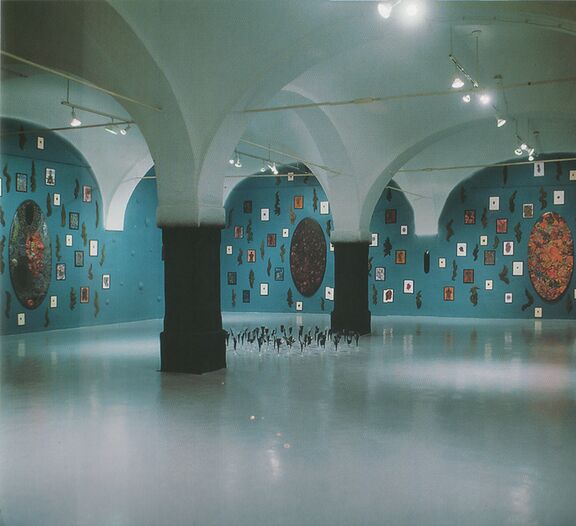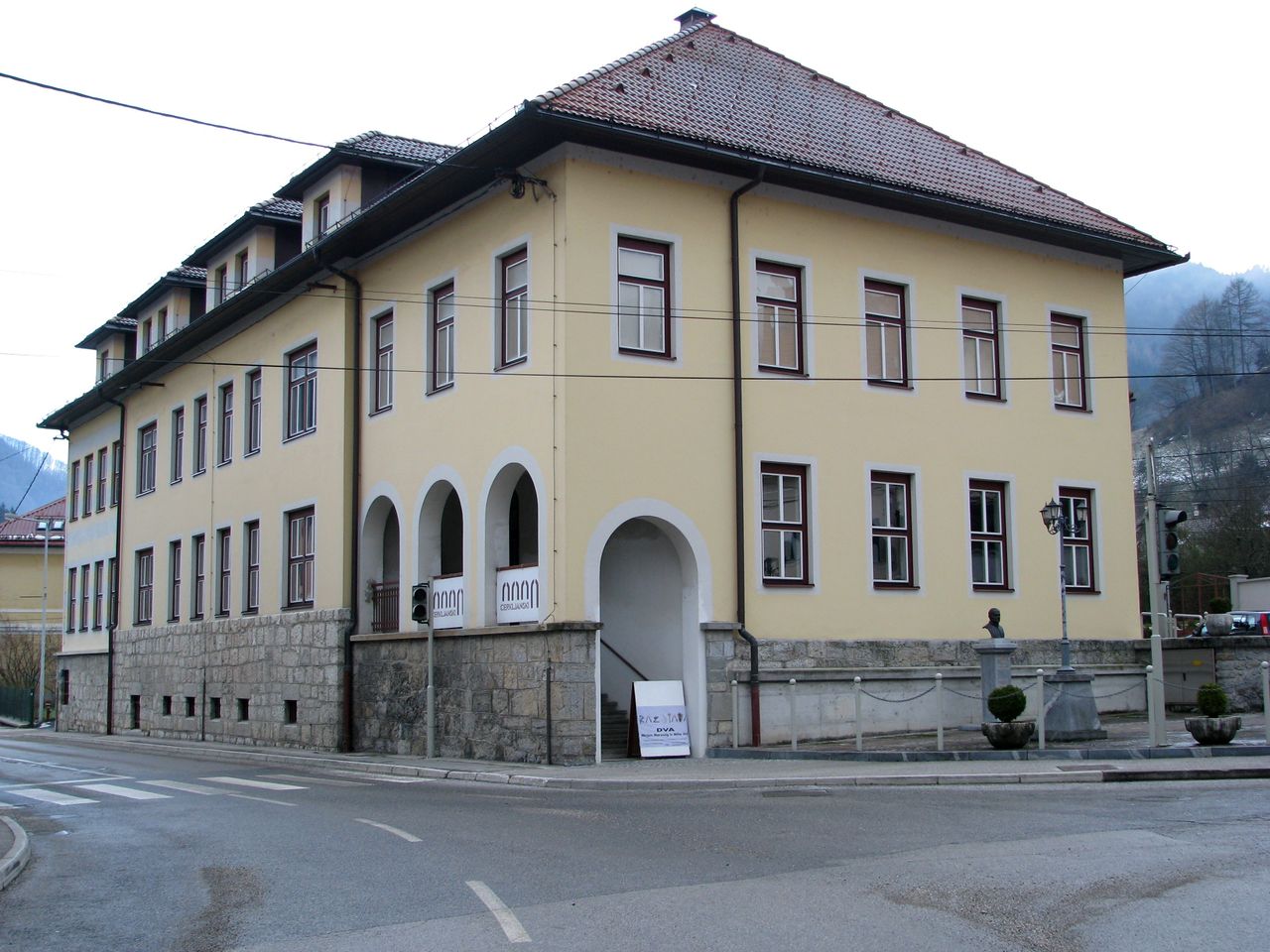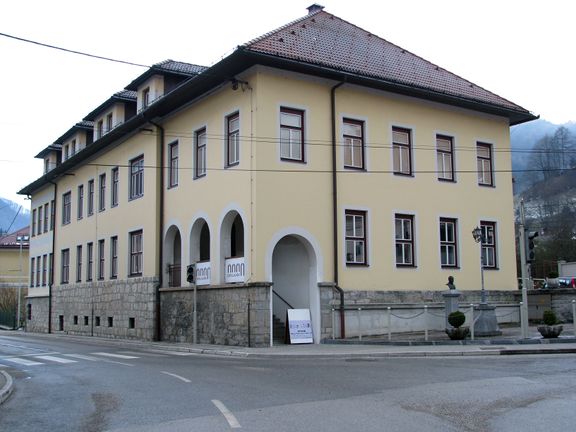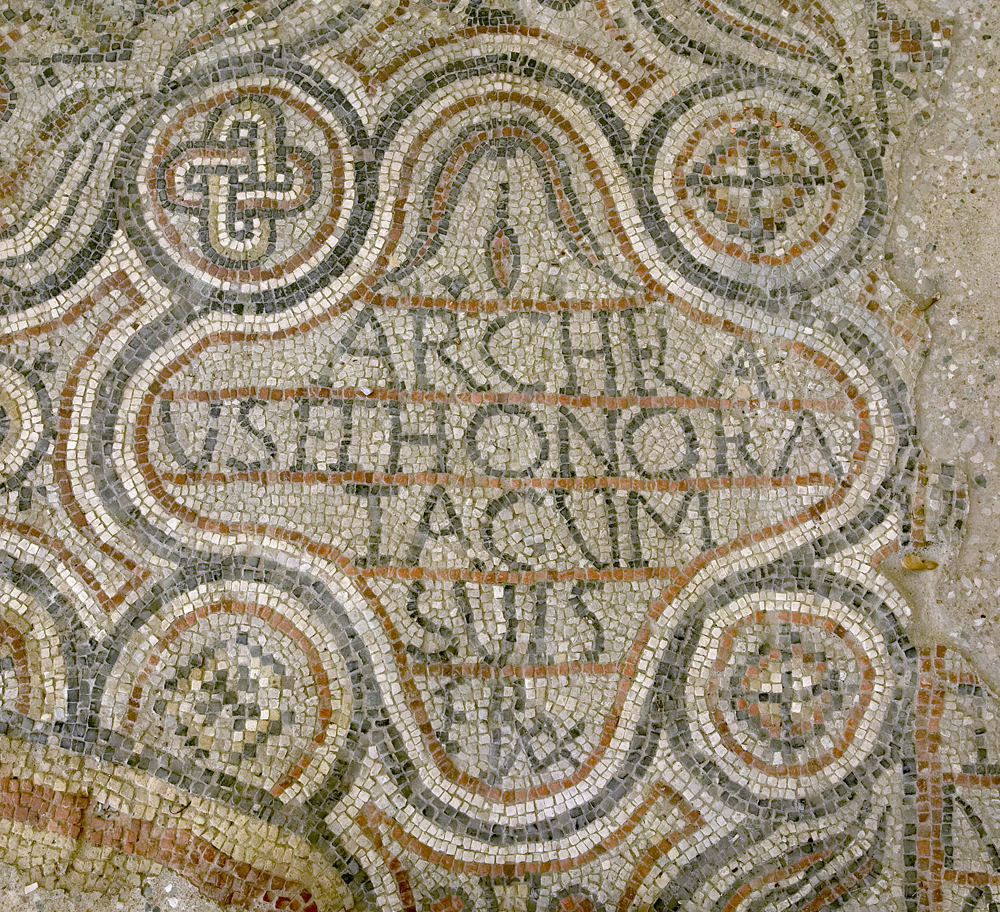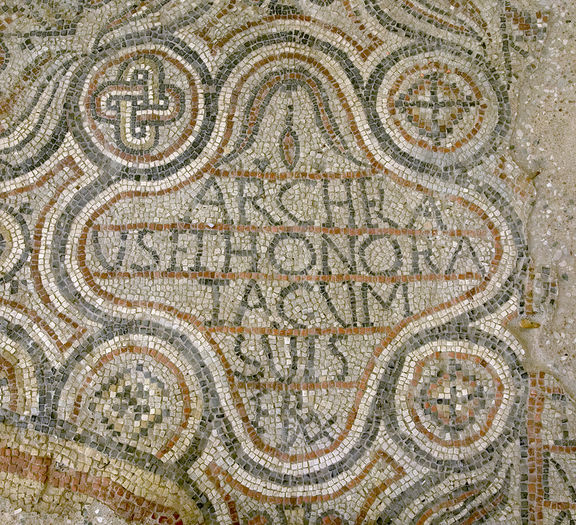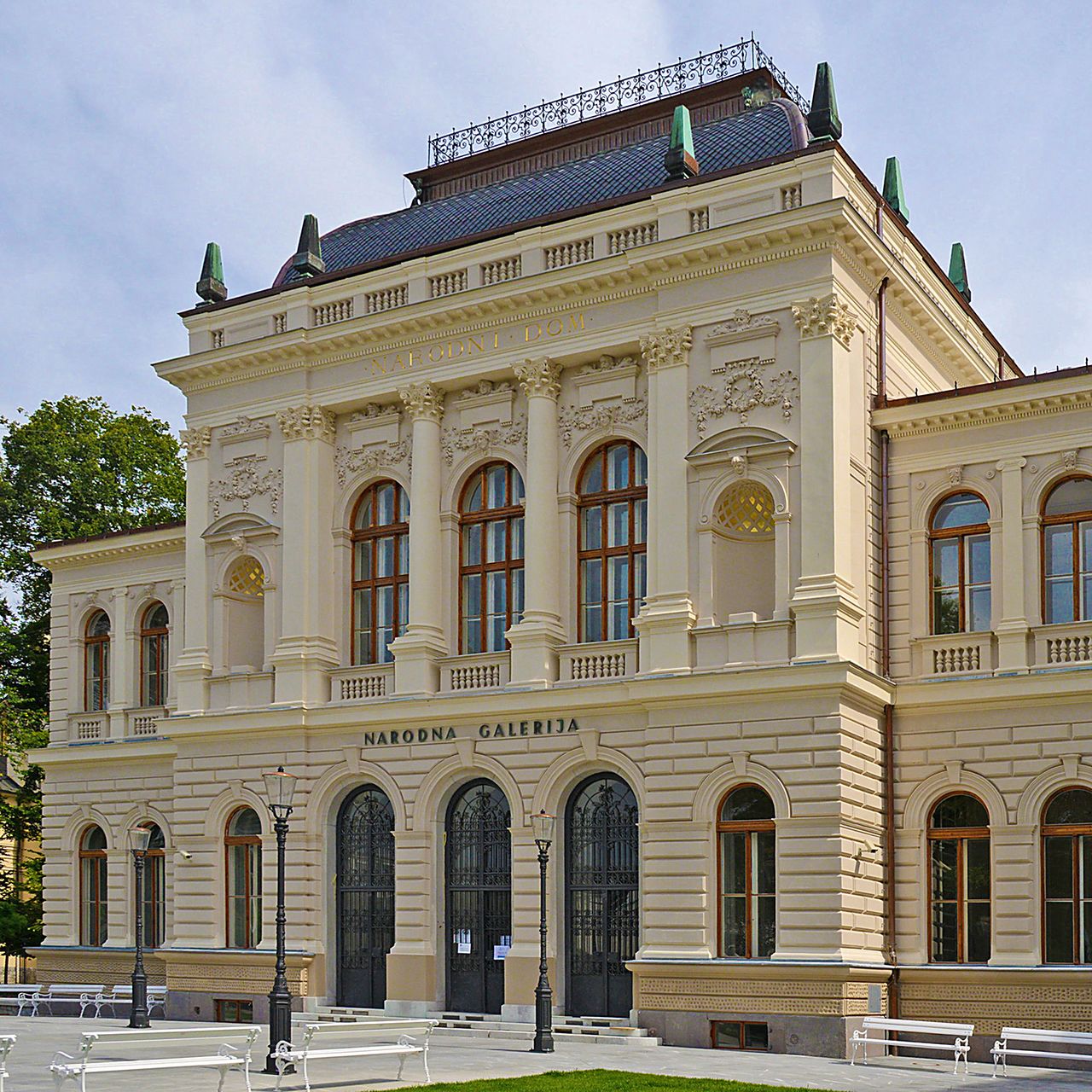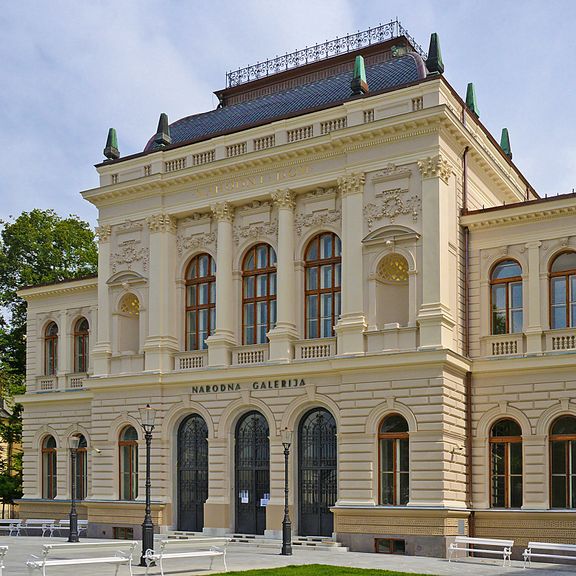Difference between revisions of "Culture.si:Featured"
(Culture.si feature-bot!) |
(Culture.si feature-bot!) |
||
| Line 3: | Line 3: | ||
{{Featured article horizontal|Trimo Urban Crash}} | {{Featured article horizontal|Trimo Urban Crash}} | ||
== Dance == | == Dance == | ||
| − | {{Featured article horizontal| | + | {{Featured article horizontal|Španski borci Culture Centre}} |
== Design == | == Design == | ||
| − | {{Featured article horizontal| | + | {{Featured article horizontal|Vertigo Bird}} |
== Film == | == Film == | ||
| − | {{Featured article horizontal|Festival | + | {{Featured article horizontal|Grossmann Fantastic Film and Wine Festival}} |
== Literature == | == Literature == | ||
{{Featured article horizontal|Louis Adamič Memorial Room}} | {{Featured article horizontal|Louis Adamič Memorial Room}} | ||
== Music == | == Music == | ||
| − | {{Featured article horizontal| | + | {{Featured article horizontal|Lendava-Lendva Institute for Culture and Promotion (ZKPL-MPIL)}} |
== New media art == | == New media art == | ||
| − | {{Featured article horizontal| | + | {{Featured article horizontal|Simulaker Gallery}} |
== Theatre == | == Theatre == | ||
| − | {{Featured article horizontal| | + | {{Featured article horizontal|Mladi levi Festival}} |
== Visual arts == | == Visual arts == | ||
| − | {{Featured article horizontal| | + | {{Featured article horizontal|Equrna Gallery}} |
== Intangible heritage == | == Intangible heritage == | ||
| − | {{Featured article horizontal| | + | {{Featured article horizontal|Cerkno Museum}} |
== Monuments and sites == | == Monuments and sites == | ||
| − | {{Featured article horizontal| | + | {{Featured article horizontal|Roman Emona}} |
== Museums == | == Museums == | ||
| − | {{Featured article horizontal| | + | {{Featured article horizontal|National Gallery of Slovenia}} |
Revision as of 18:35, 2 September 2011
Architecture
Dance
Španski borci Culture Centre
NOT ROBOT, WRITING DONE, NEEDSUPDATE, NOVERIFY, NODEPO, PHOTO, Article, Dance, Theatre & Dance, Theatre, NIFERTIK, Music, INFOBOX, TOPROOFREAD, HAS LOGO, HAS MAP, Public entities, Visual arts, Venues, Literature venues, Literature, Visual arts venues, Articles maintained by Tonko Sekulo, Music venues, Theatre venues, COVER, Cultural centres, Contemporary dance, Dance venues
Design
Film
Grossmann Fantastic Film and Wine Festival
NOT ROBOT, WRITING DONE, INFOBOX DONE, PROOFREAD DONE, NOVERIFY, NODEPO, PHOTO, Article, NIFERTIK, HAS LOGO, Festivals, Competitions, Awards and competitions, Articles maintained by Ziga Brdnik, Film, Film festivals, Workshops, Film workshops, Film courses, workshops and residencies, Festivals in July, Updated 2019, Film awards and competitions, Film competitions
Literature
Music
Lendava-Lendva Institute for Culture and Promotion (ZKPL-MPIL)
NOT ROBOT, WRITING DONE, NEEDSUPDATE, NOVERIFY, NODEPO, PHOTO, Article, NIFERTIK, INFOBOX, TOPROOFREAD, HAS MAP, Venues, Visual arts exhibition organisers, Exhibition organisers, Event organisers, Festival organisers, Puppetry event organisers, Music event organisers, Music festival and event organisers, Puppetry festival and event organisers, Articles maintained by Tonko Sekulo, Music venues, Concert halls, Exhibition venues, Theatre event organisers, Theatre festival and event organisers, Theatre venues, COVER, Cultural centres, Film festival and event organisers, Film event organisers, Puppetry festival organisers
New media art
Simulaker Gallery
NOT ROBOT, WRITING DONE, NEEDSUPDATE, NOVERIFY, NODEPO, Article, NIFERTIK, Maribor, European Capital of Culture 2012, INFOBOX, TOPROOFREAD, HAS LOGO, New media art, NO PHOTO, HAS MAP, Visual arts galleries, Visual arts, Galleries, Venues, Articles maintained by Simon Smole, New media art venues, Photography exhibition organisers
Theatre
Visual arts
Intangible heritage
Monuments and sites
Museums
National Gallery of Slovenia
NOT ROBOT, INFOBOX DONE, NEEDSUPDATE, NOVERIFY, NODEPO, Article, NIFERTIK, WRITING, TOPROOFREAD, HAS LOGO, NO PHOTO, HAS MAP, Public entities, Articles maintained by Simon Žlahtič, Visual arts galleries, Visual arts, Galleries, Venues, Museums, Research, Visual arts museums, Architecture exhibition venues, National museums, National cultural institutions, Education and Research, Visual arts research, Slovene Impressionists and their Time



